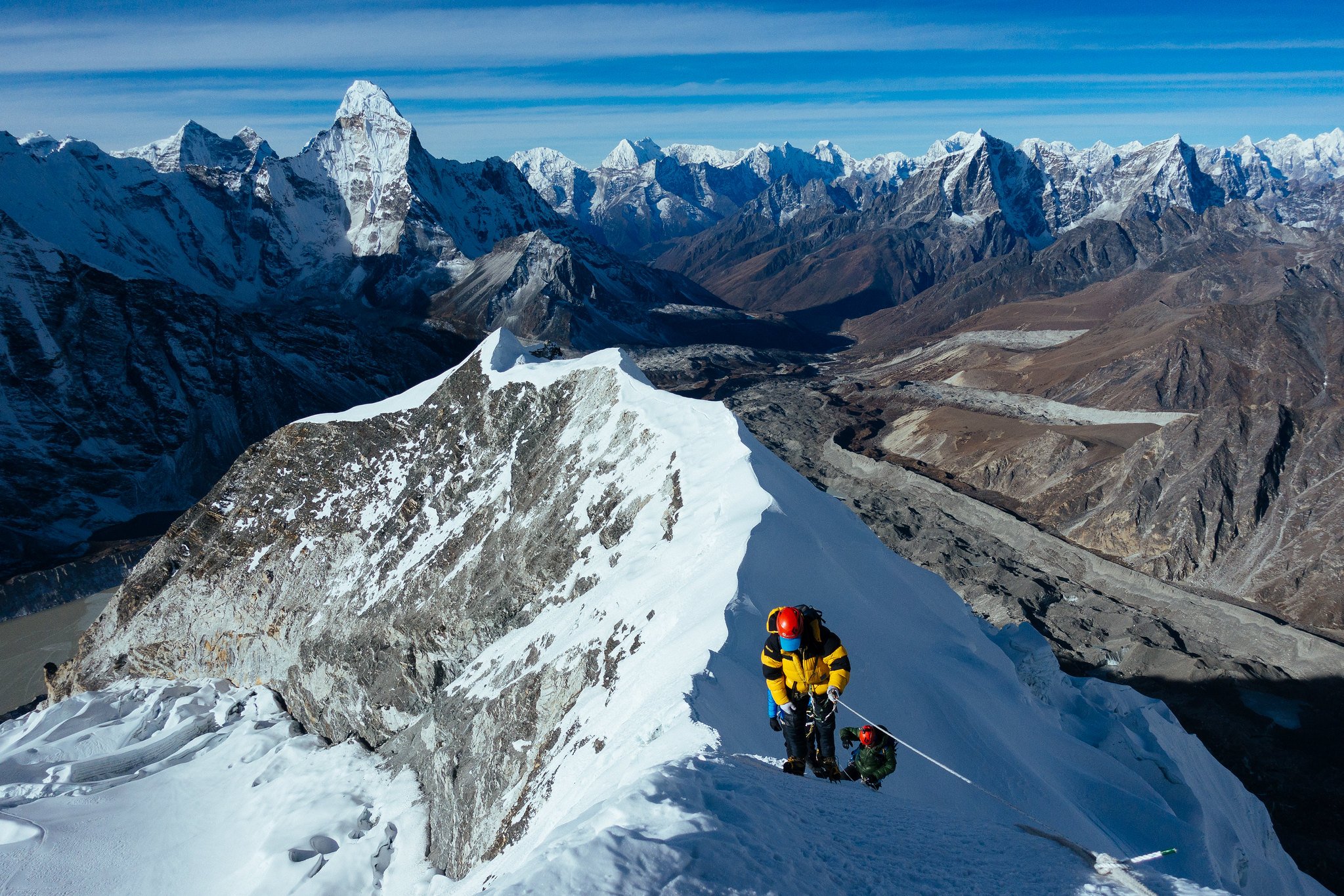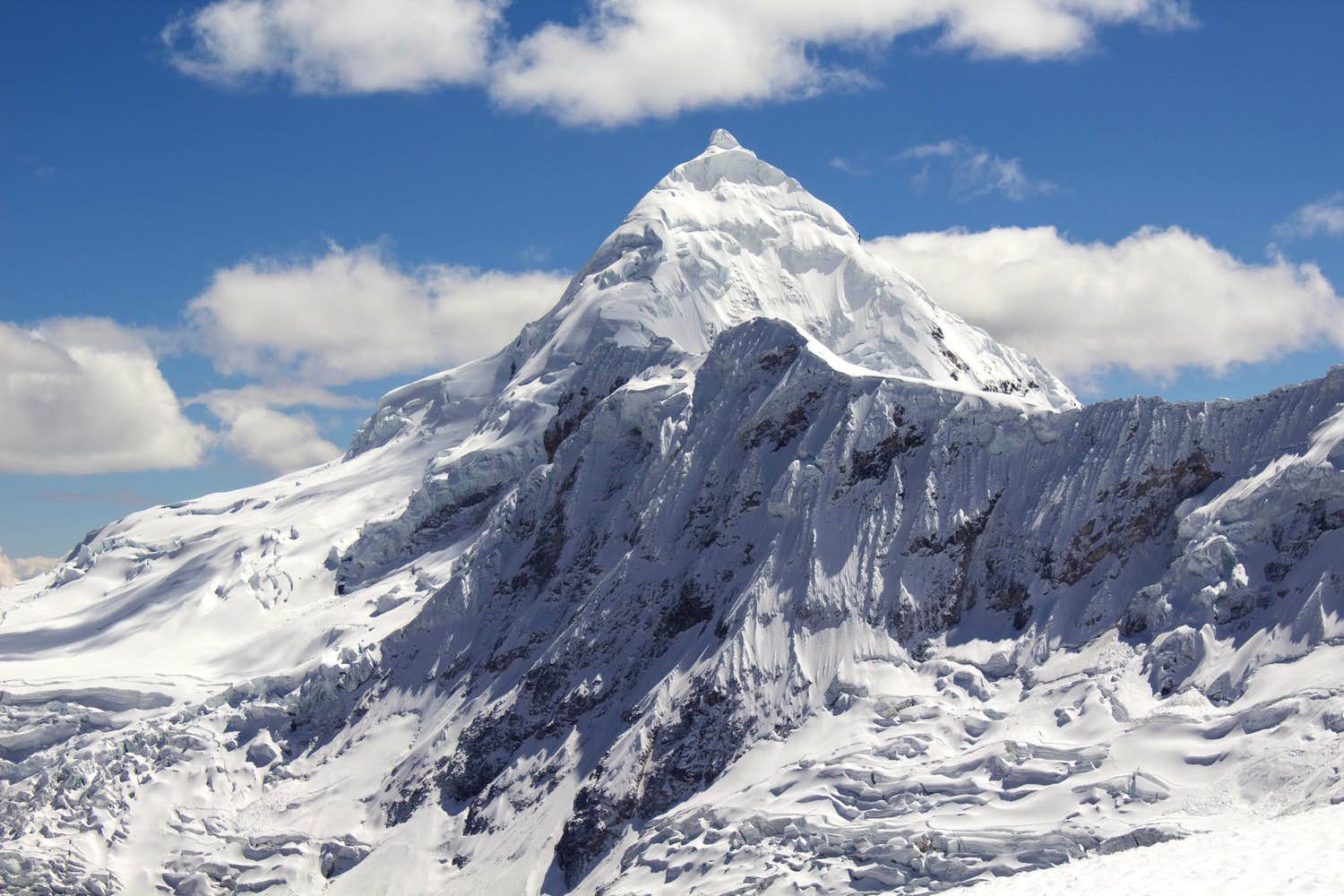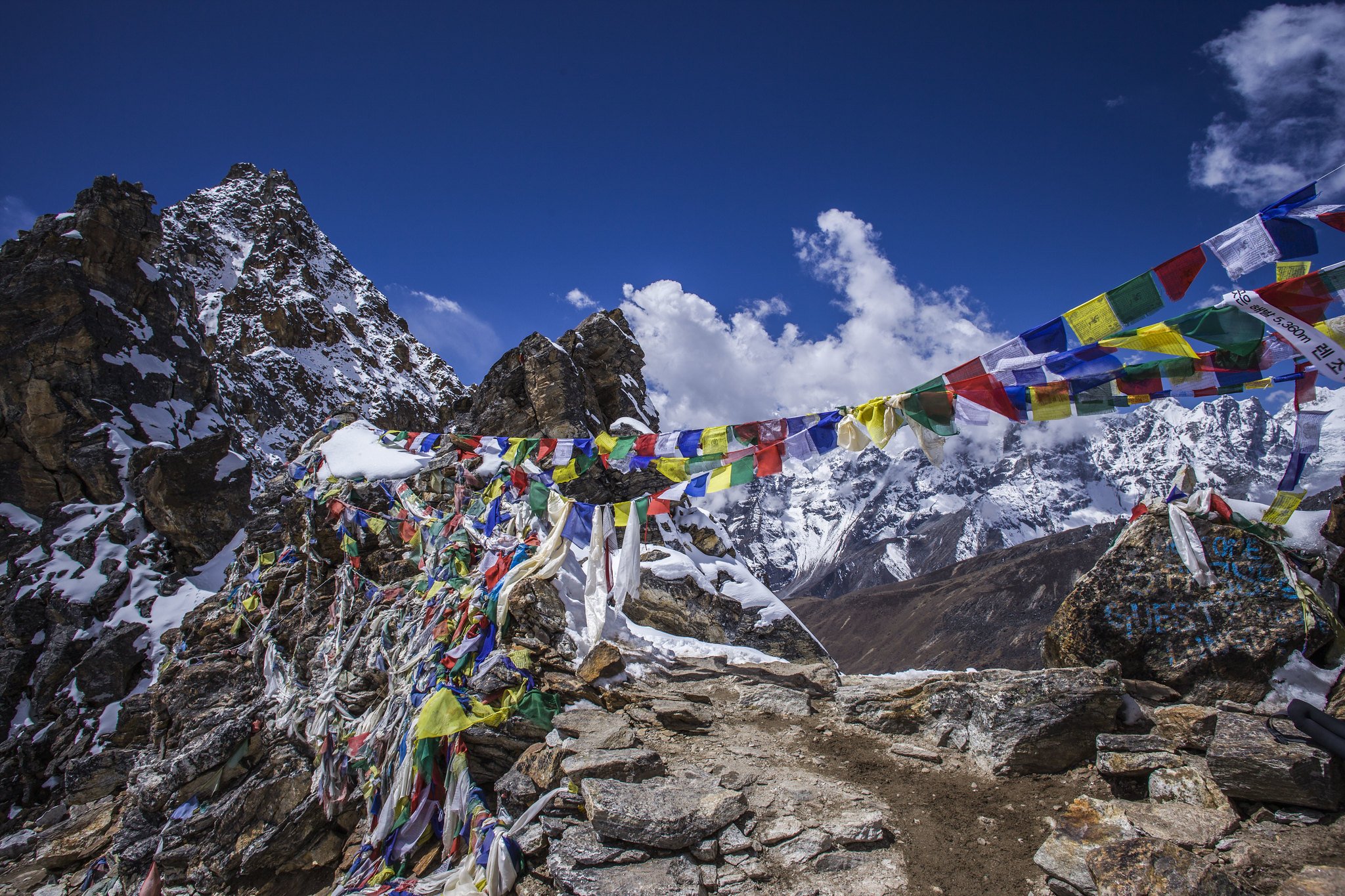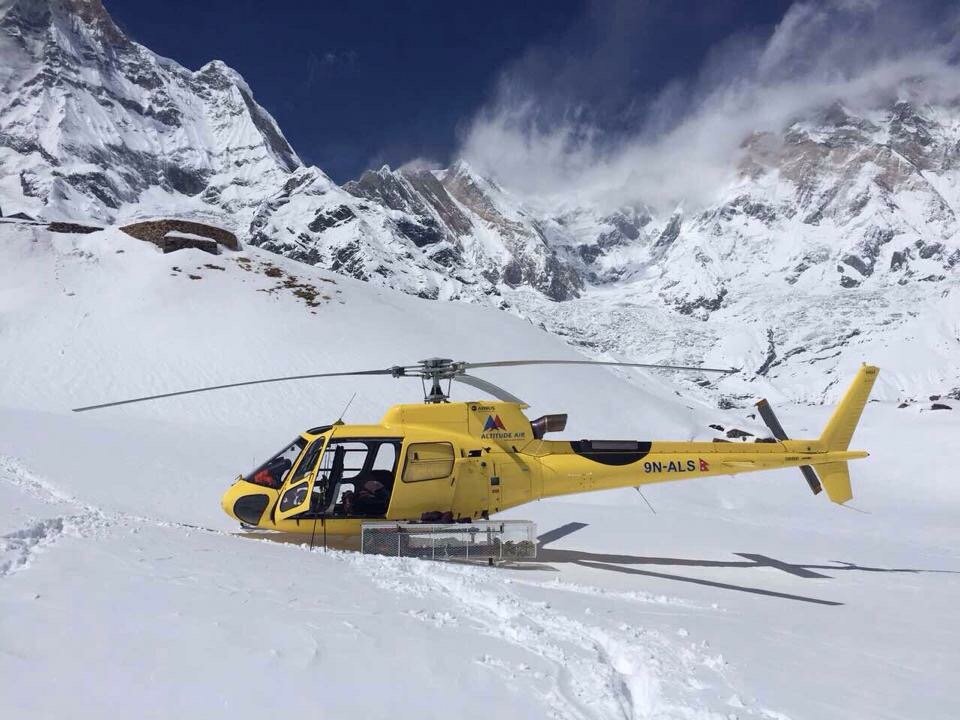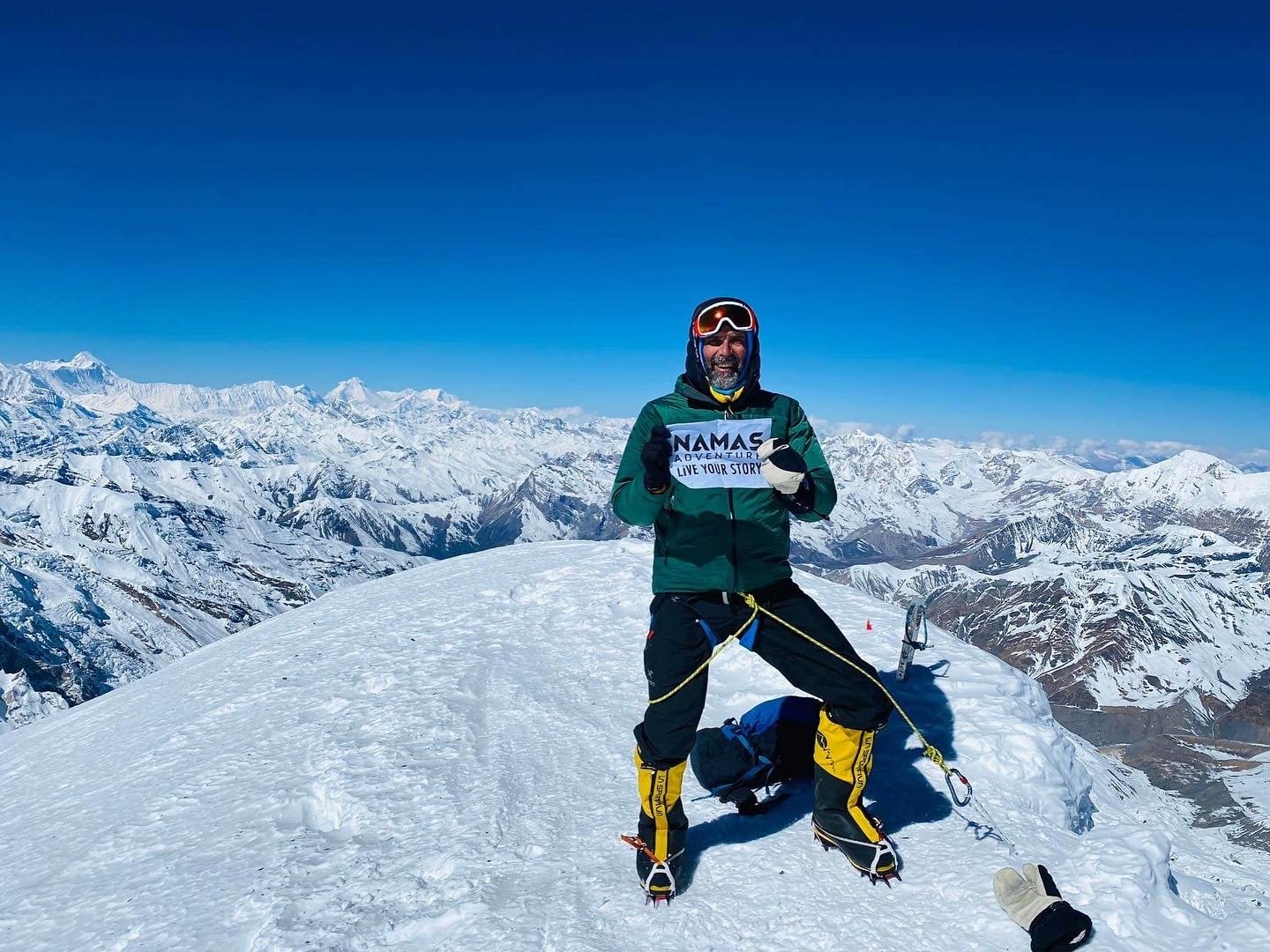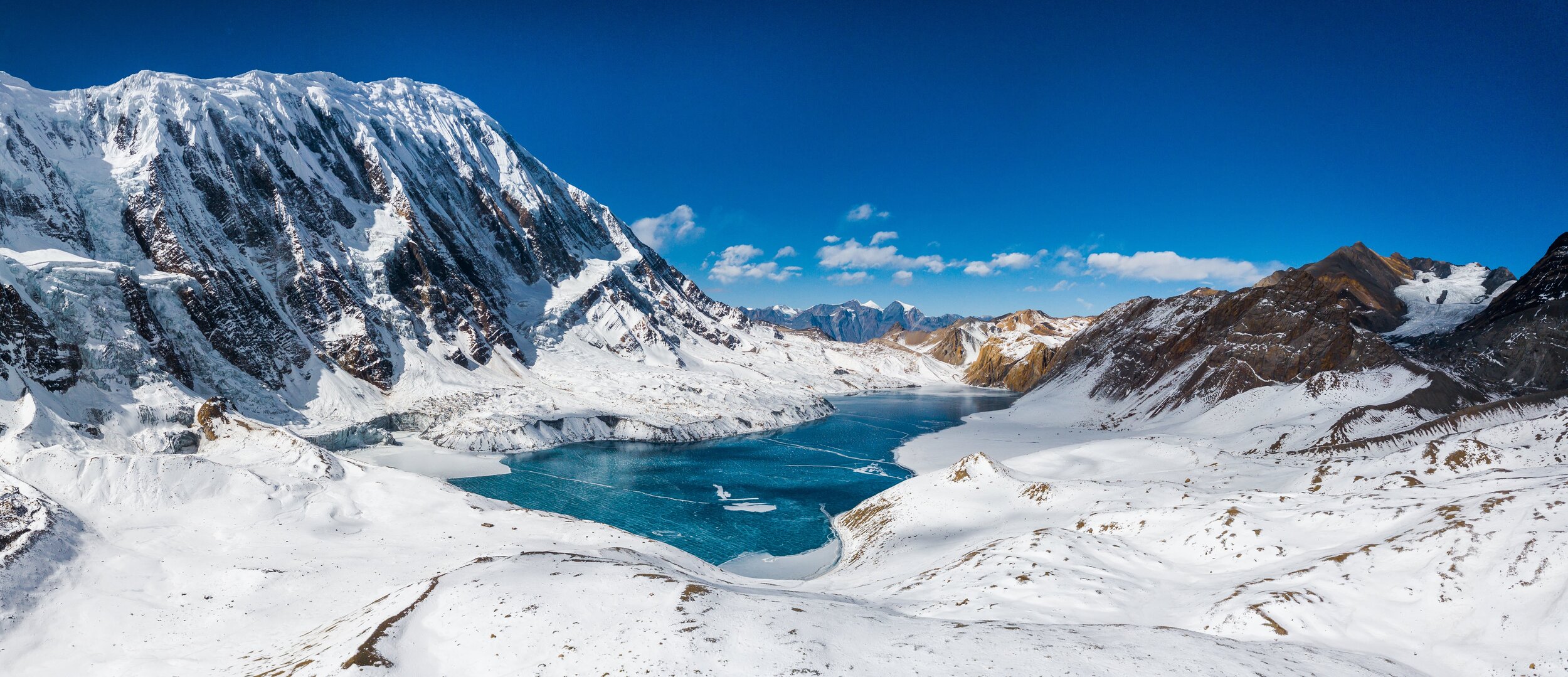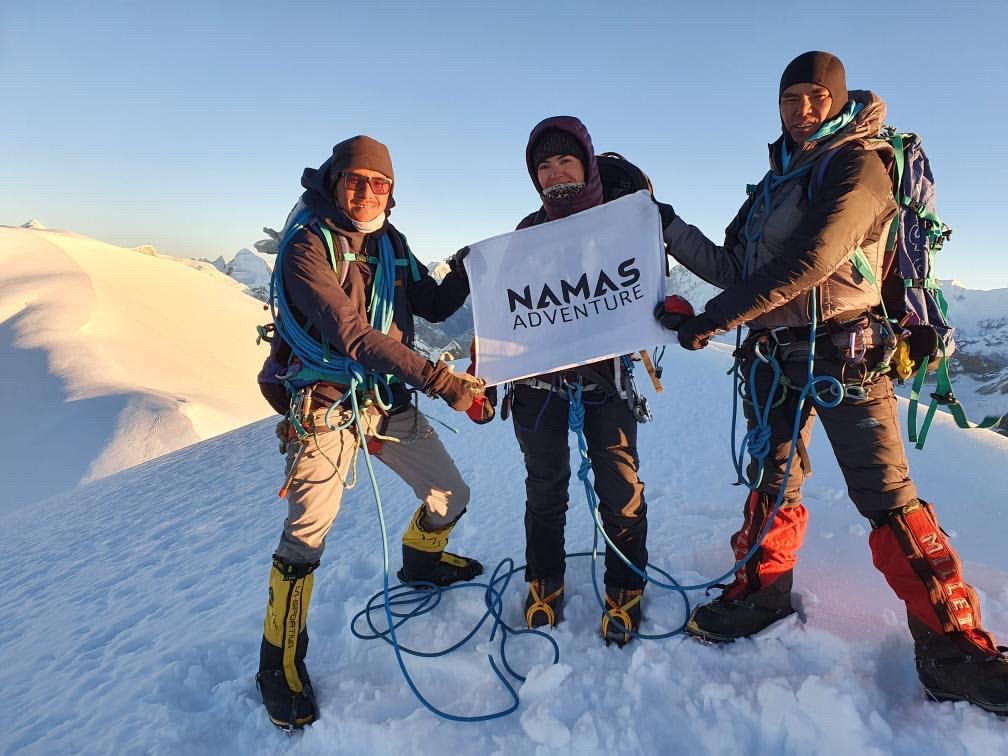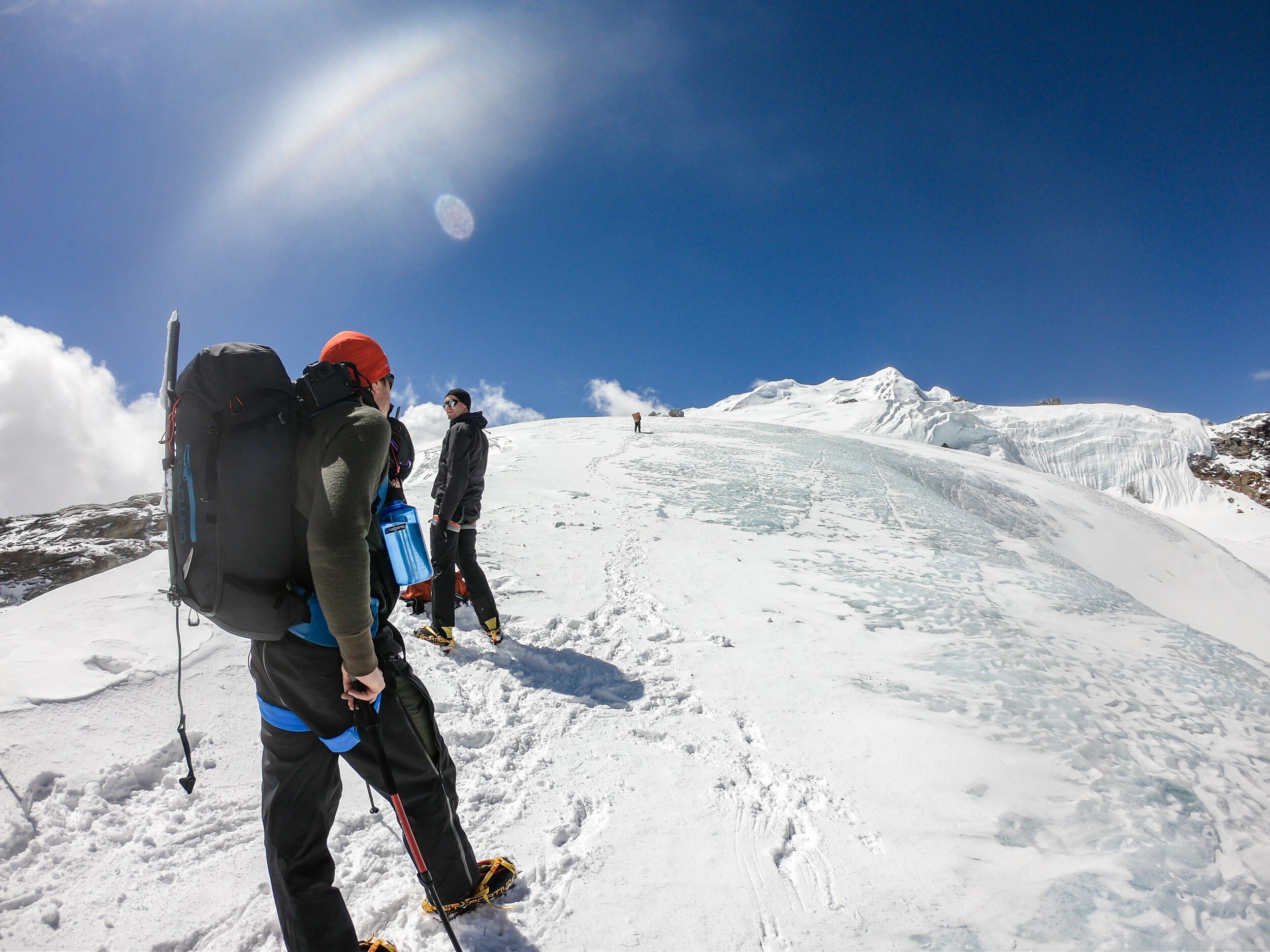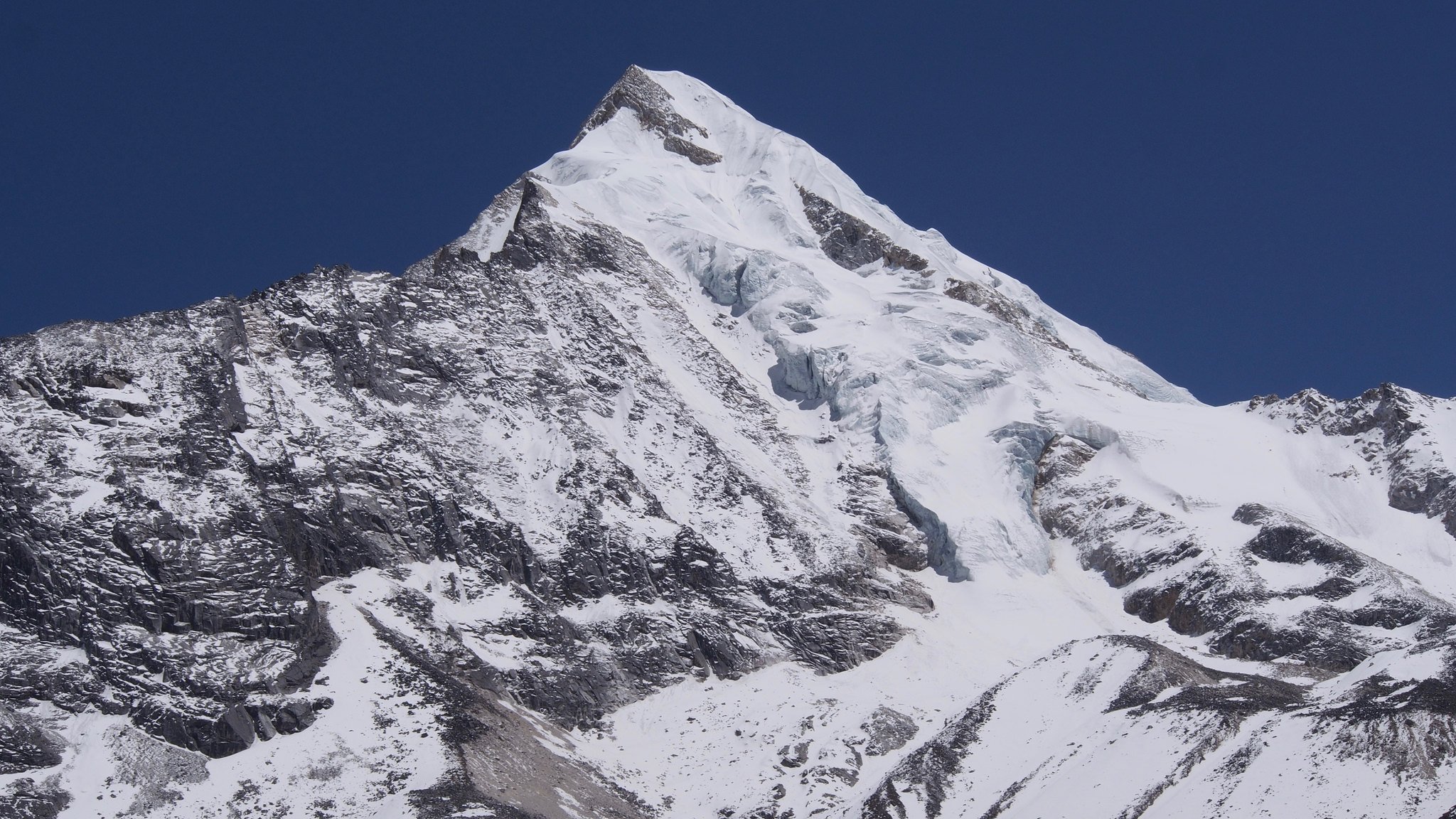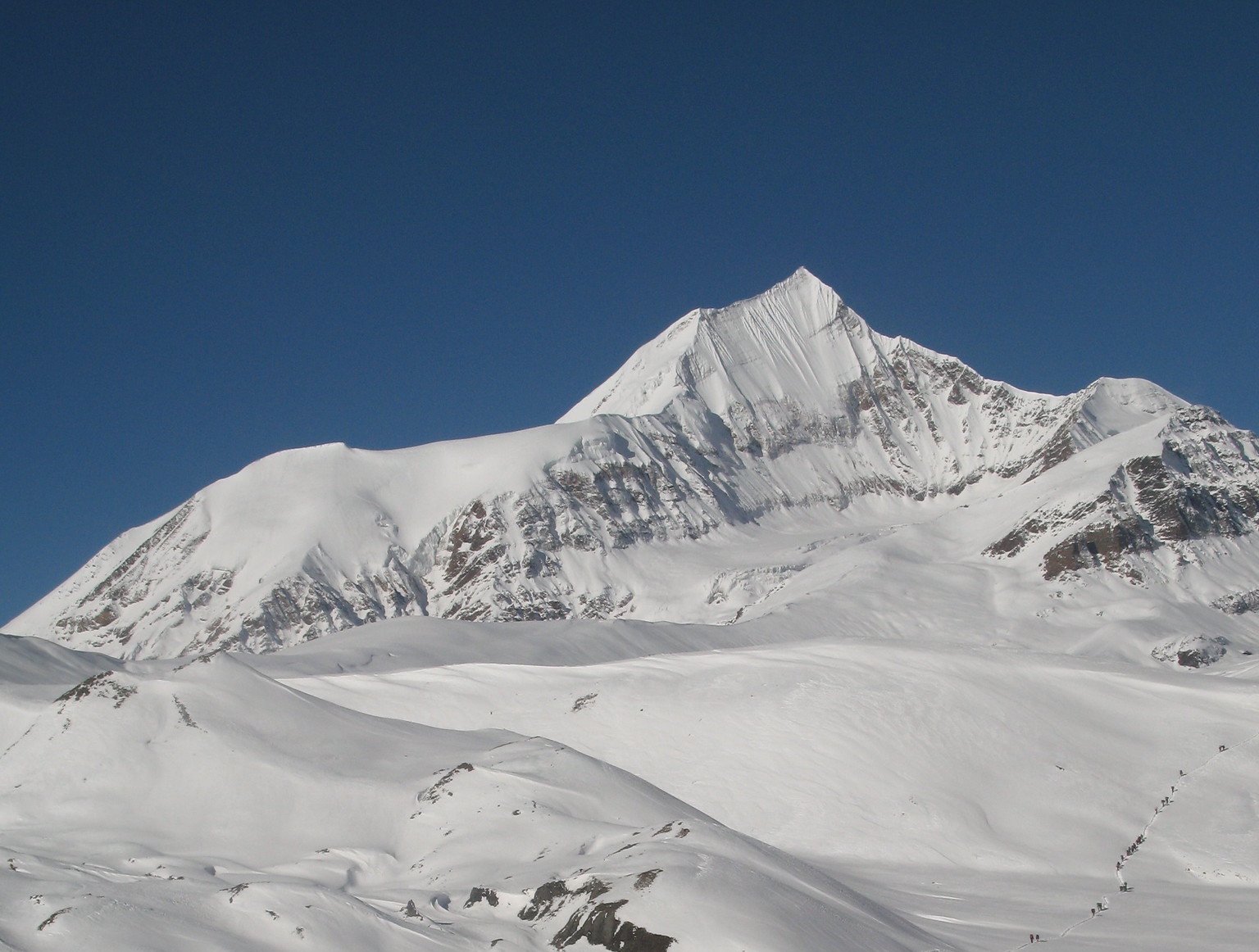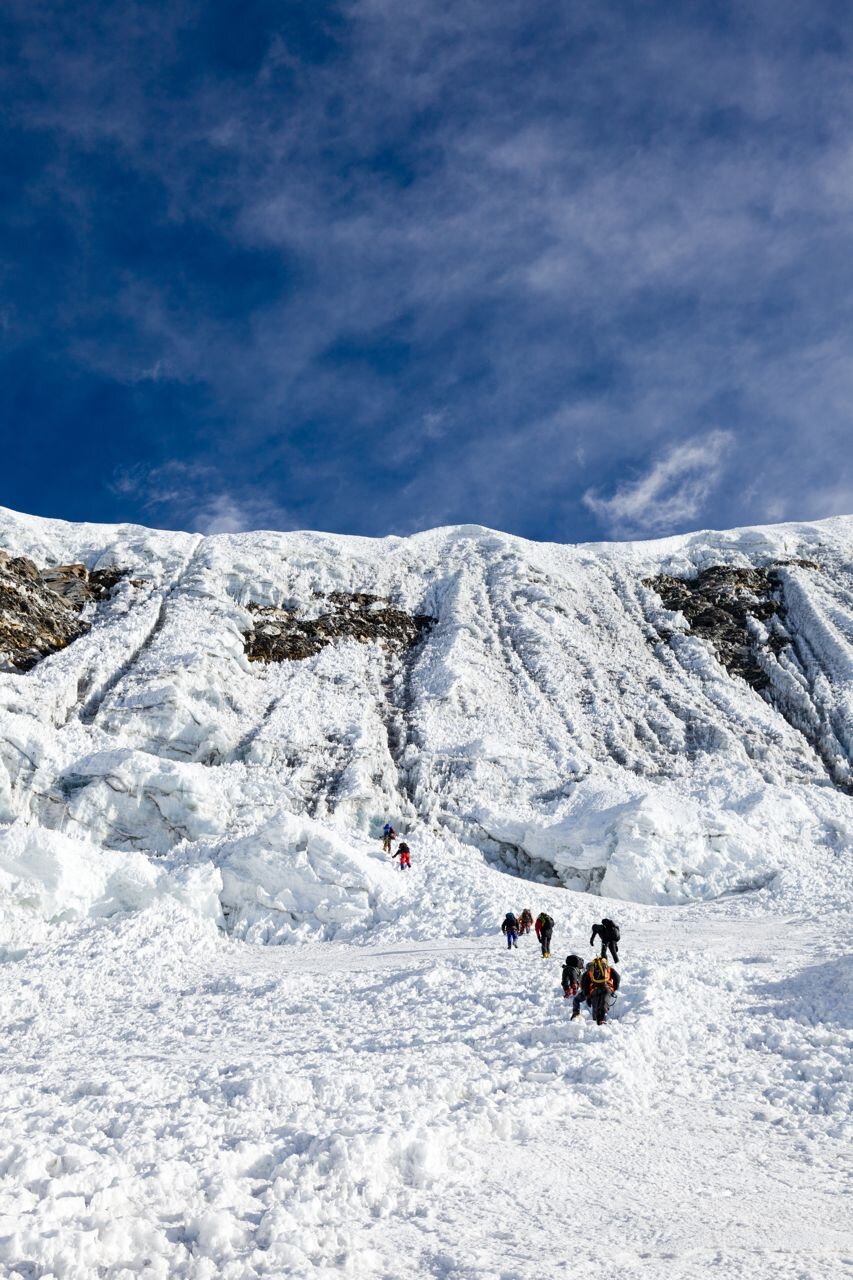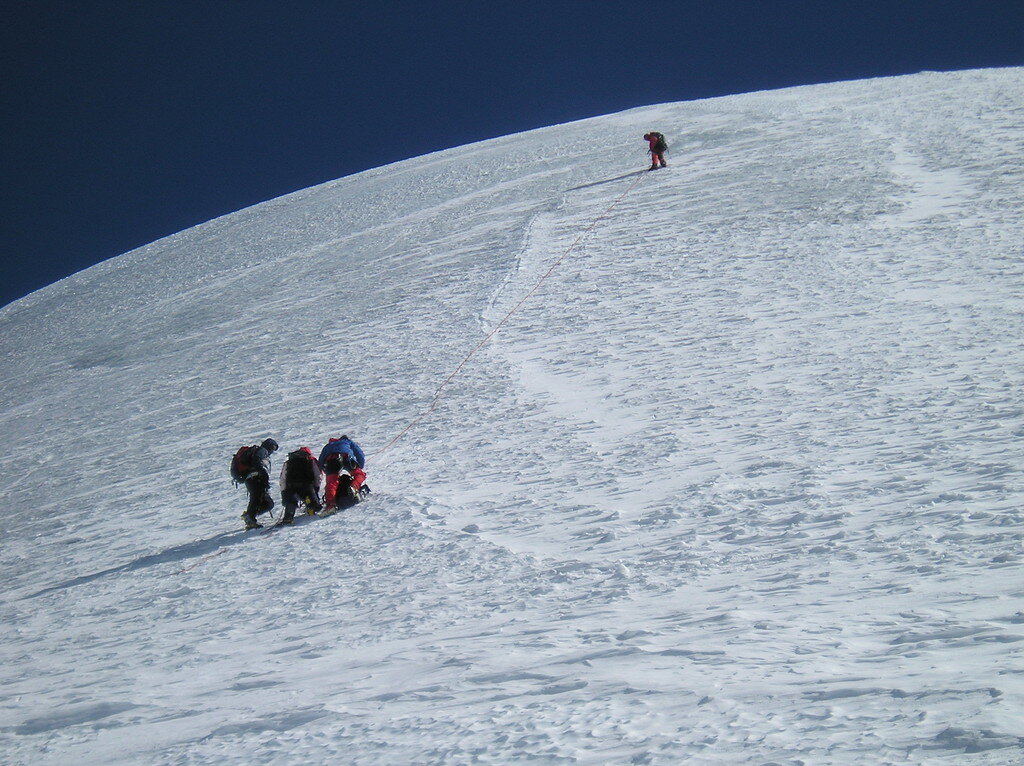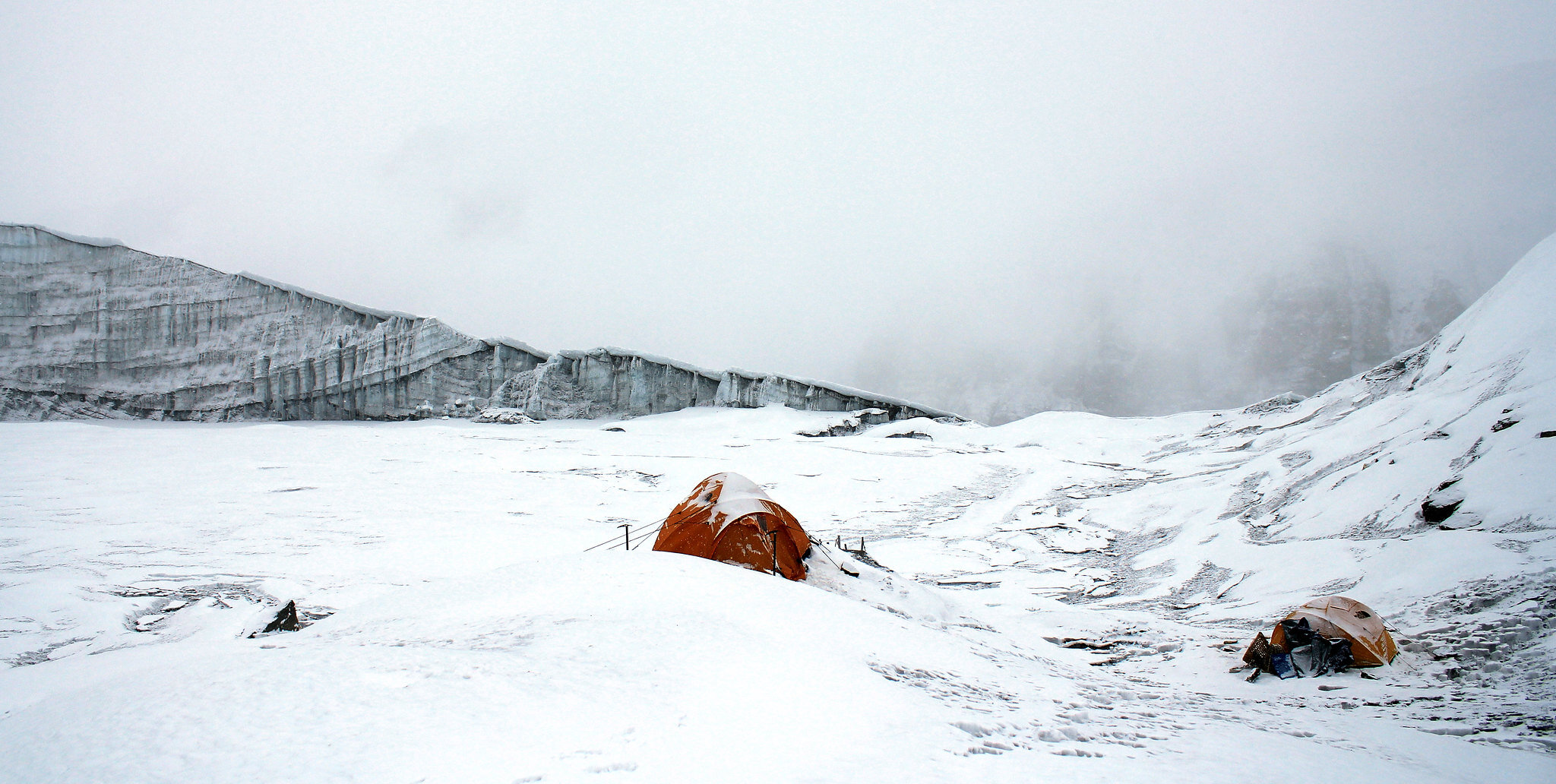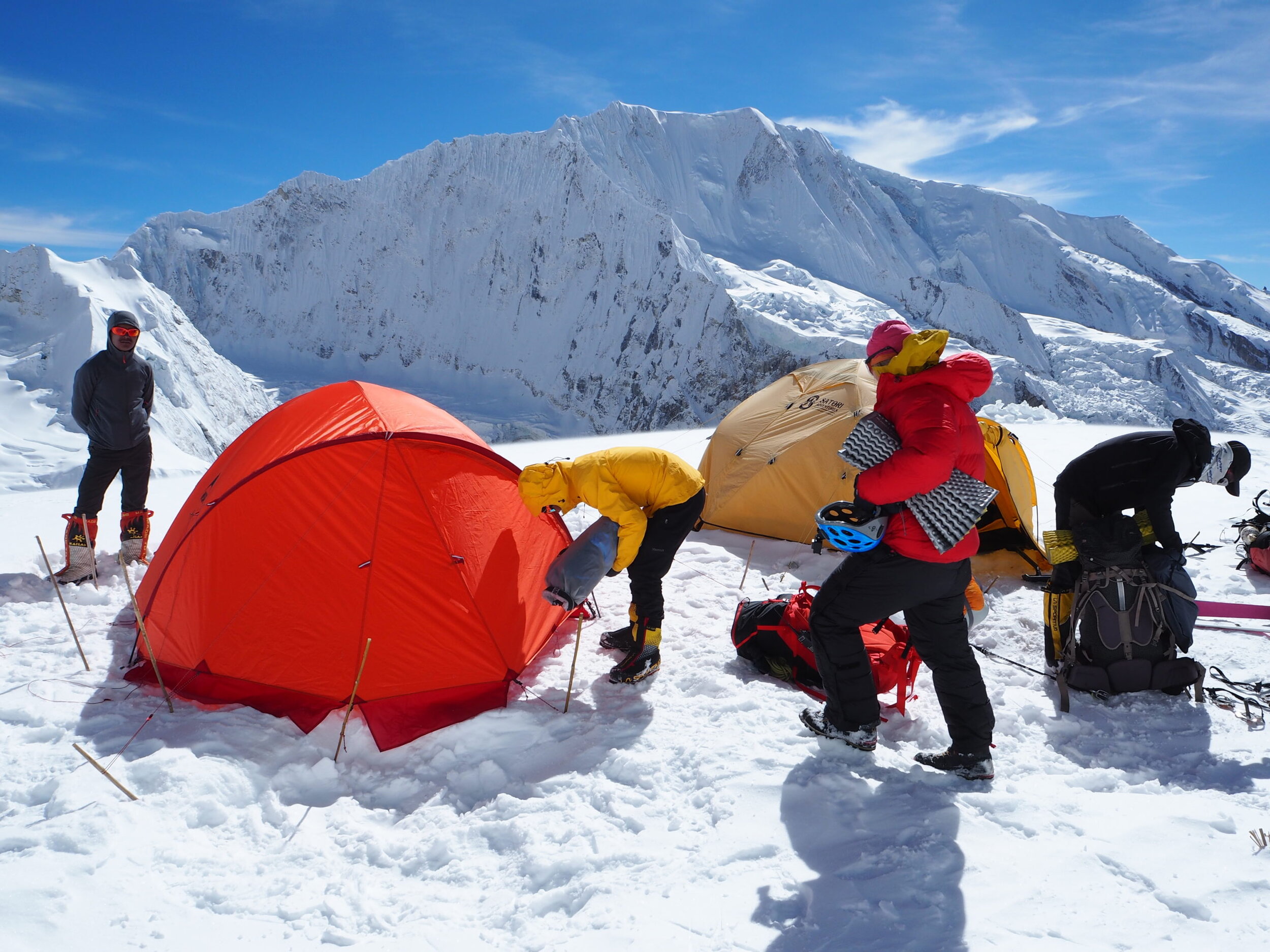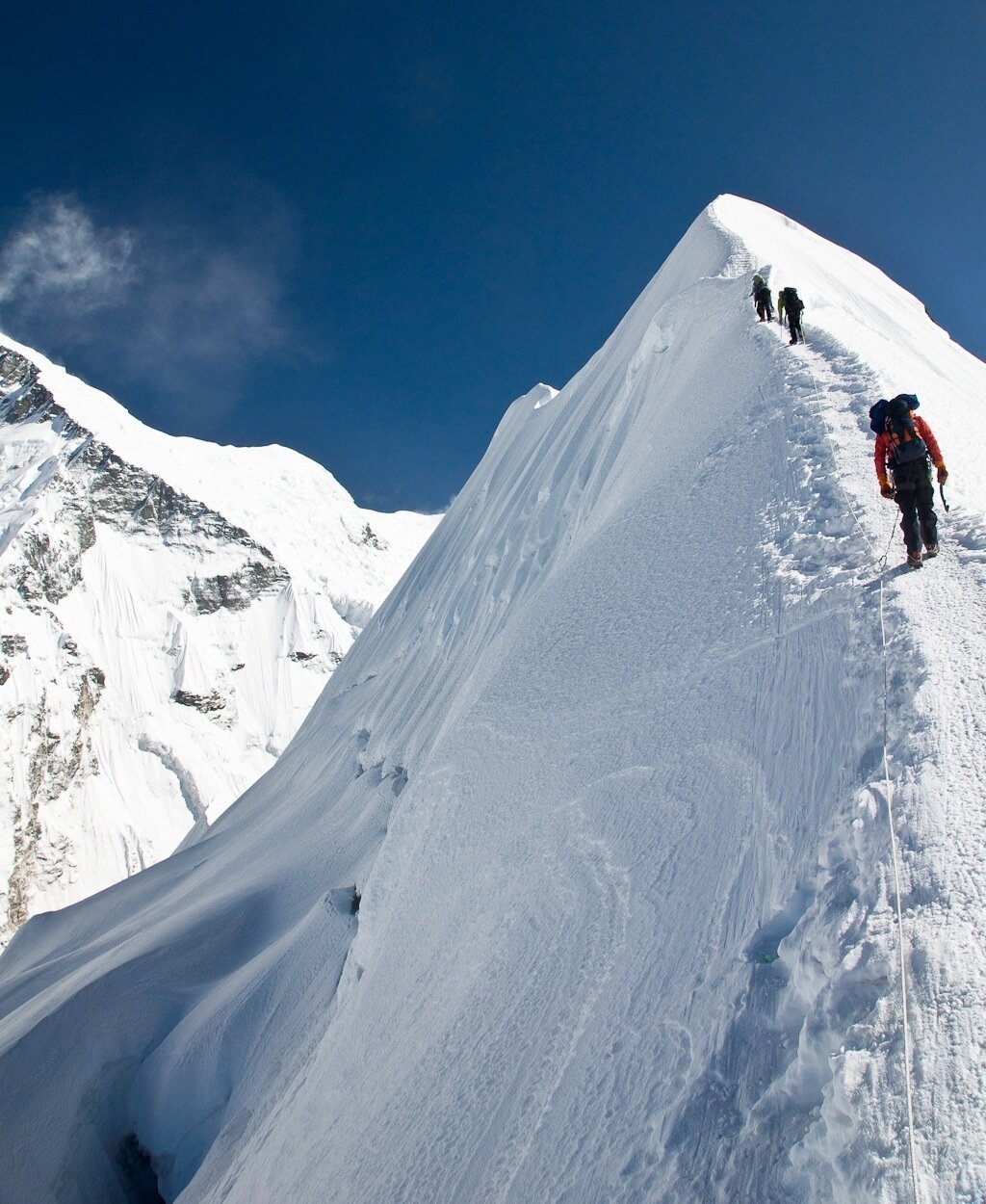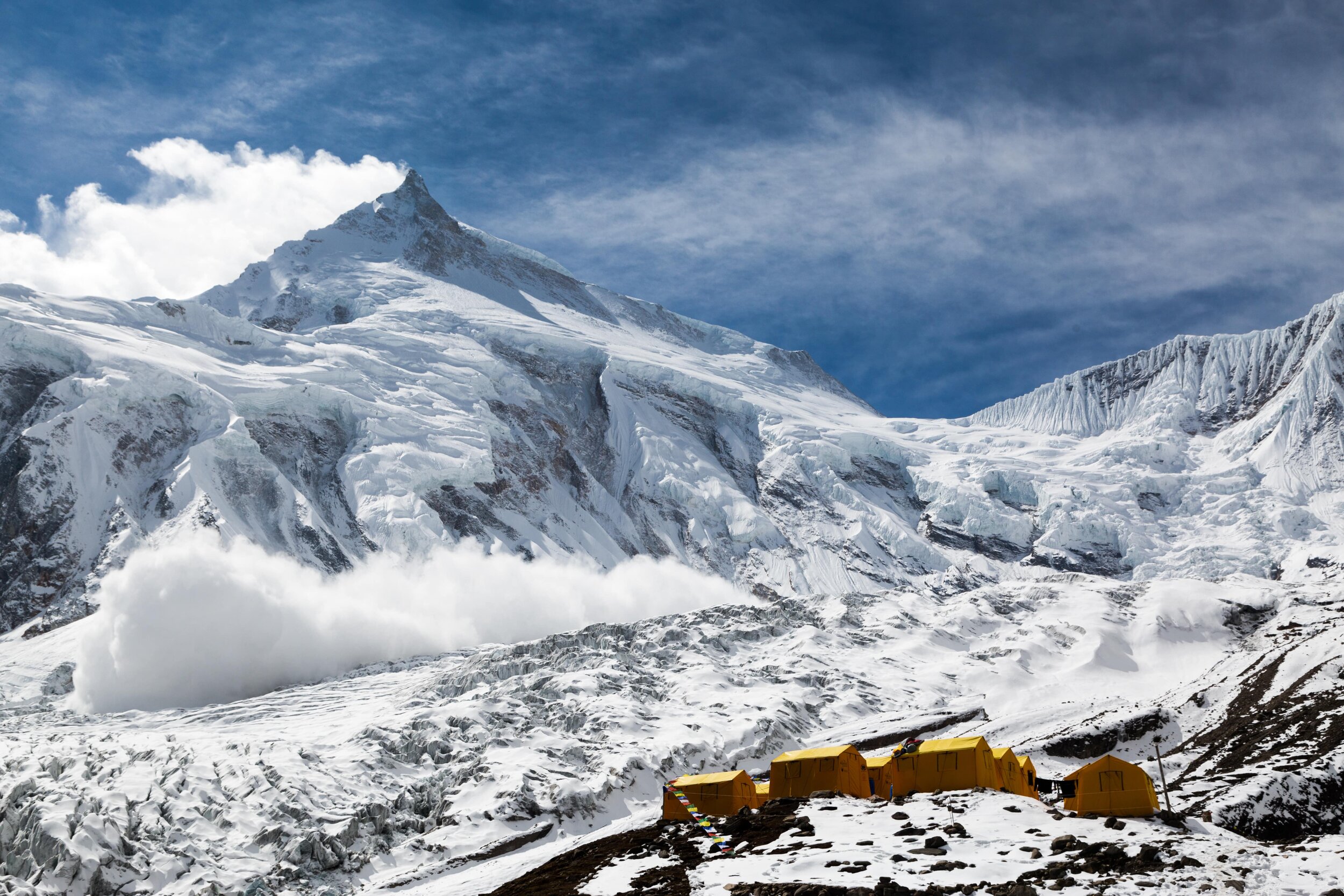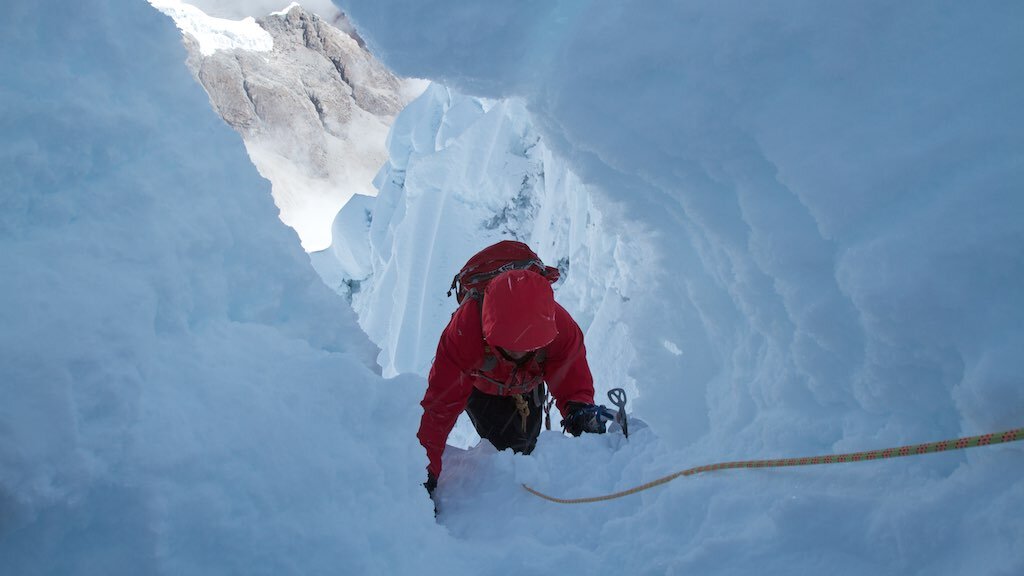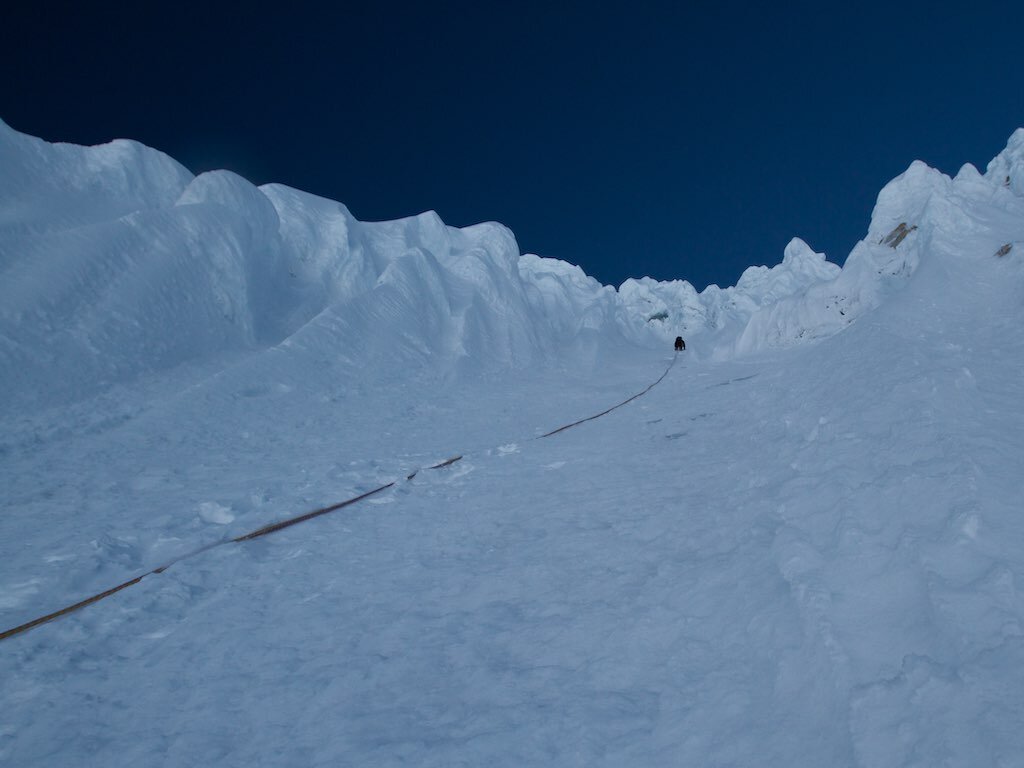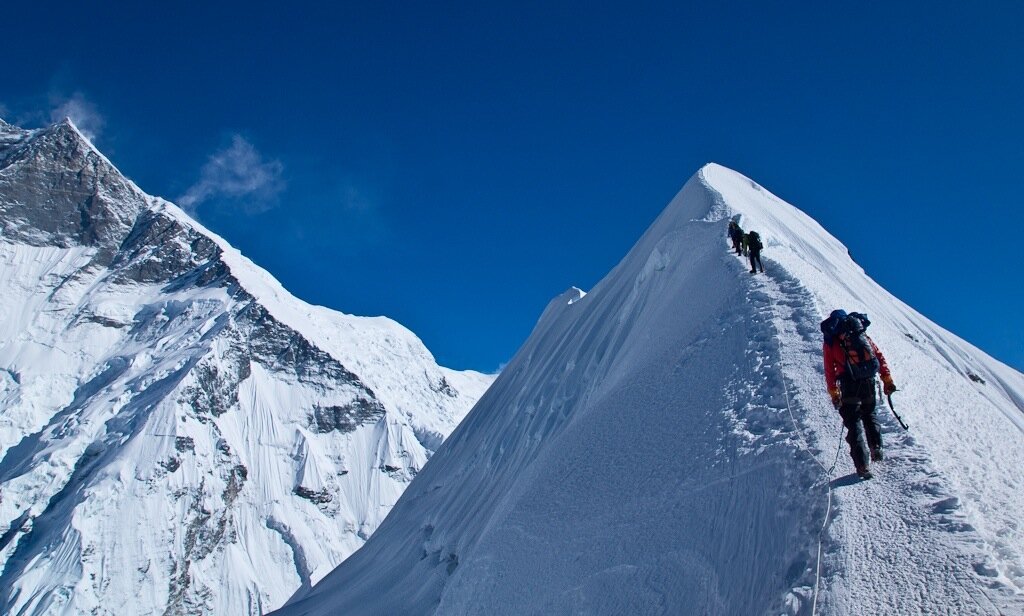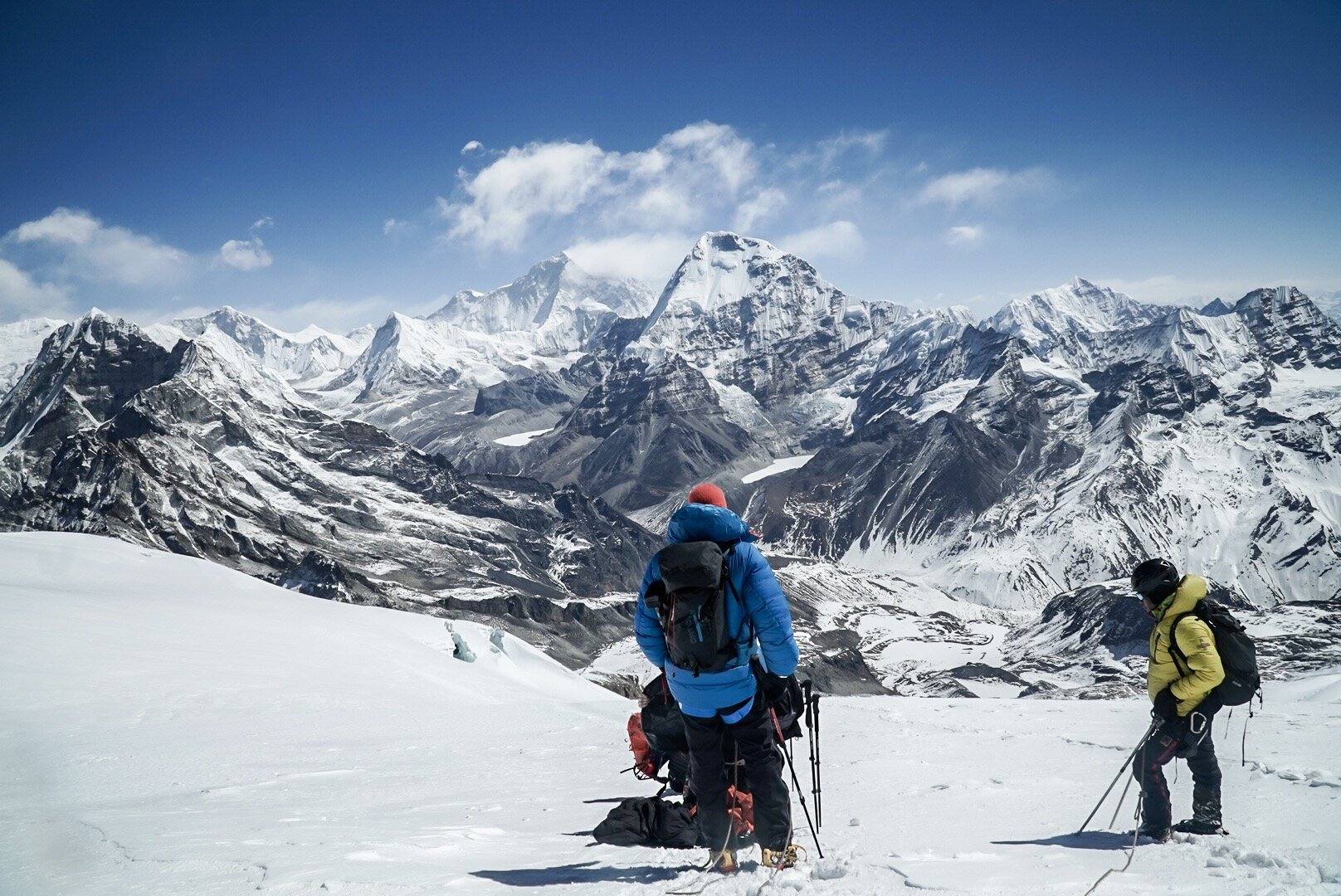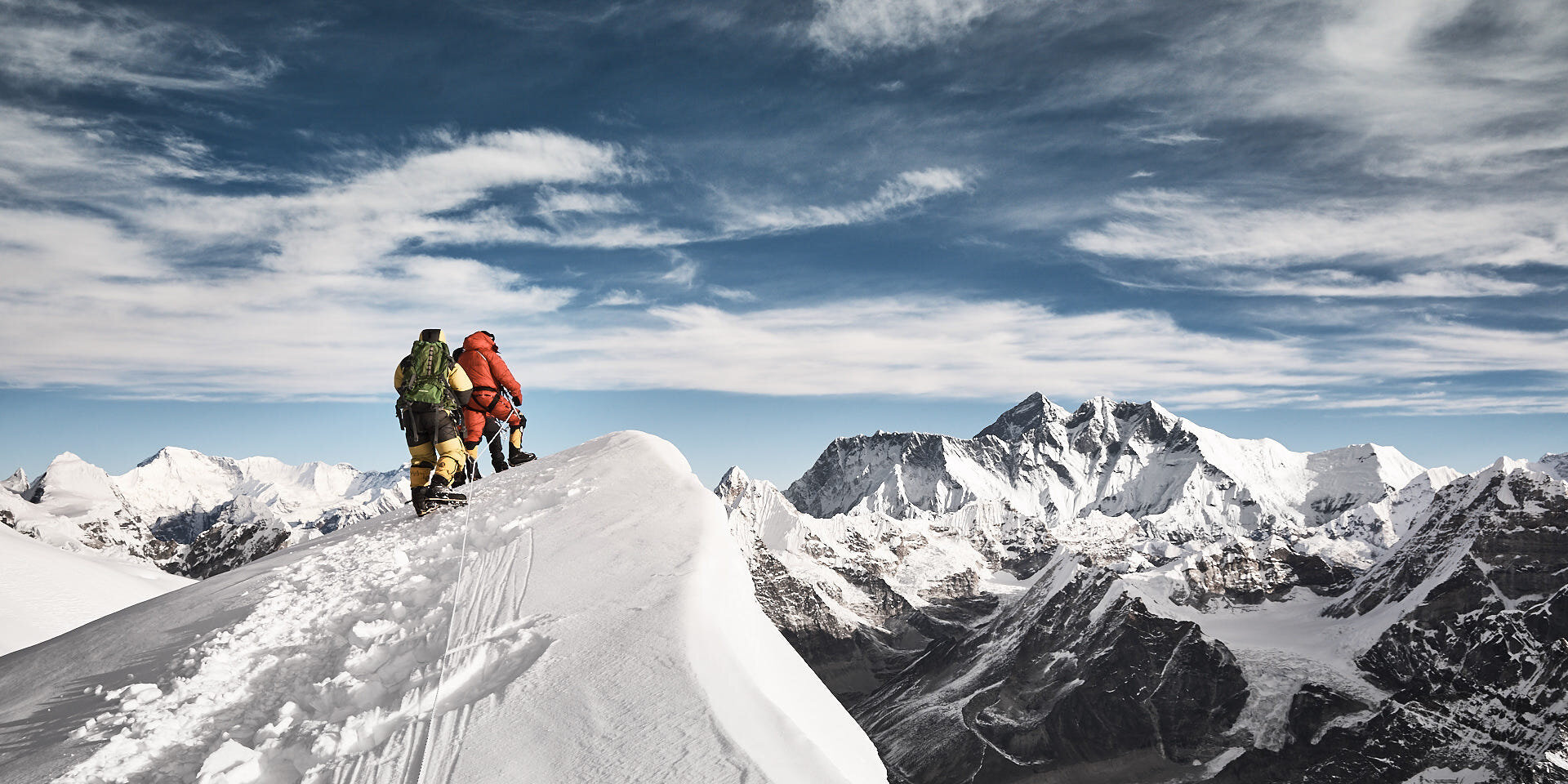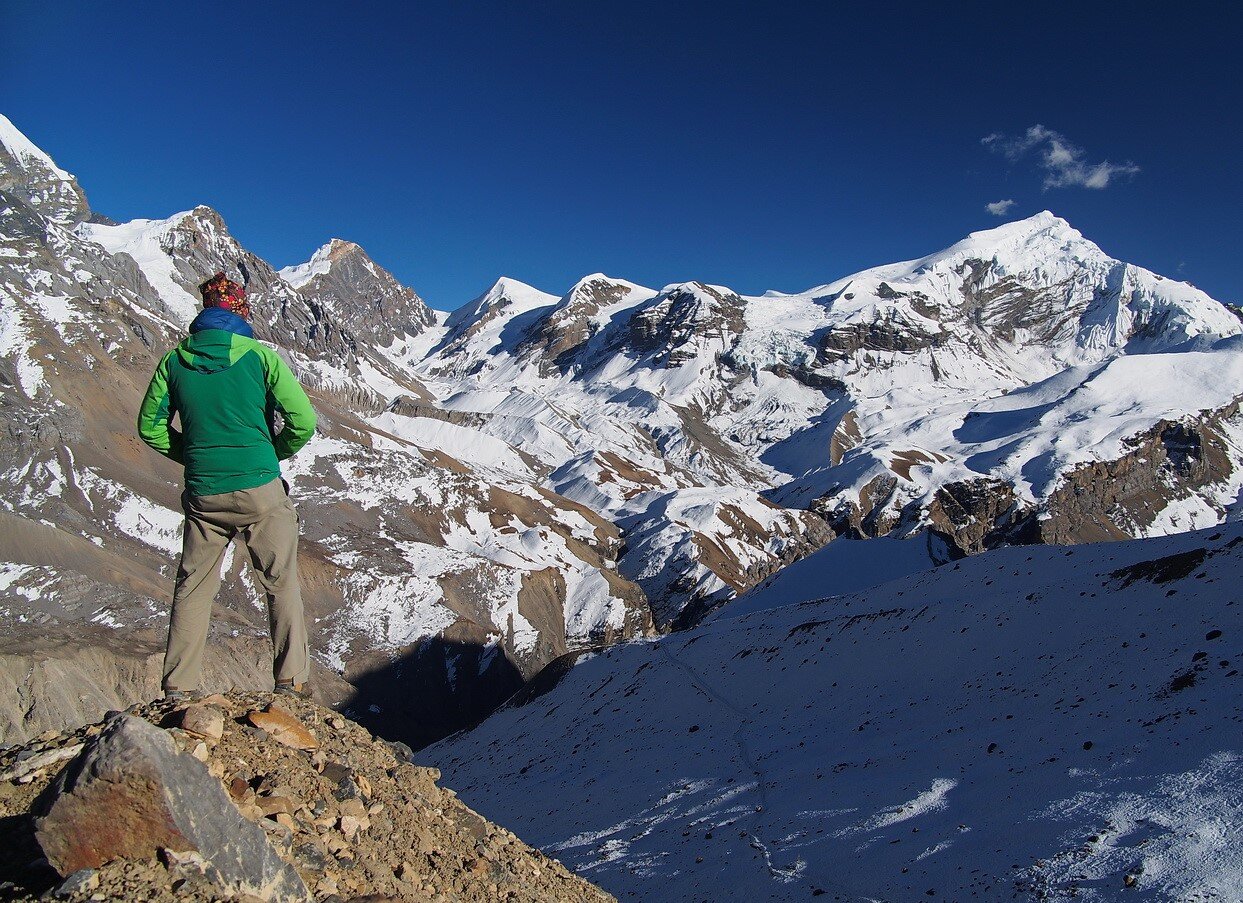For anyone seeking the ultimate challenges and an adventure of a lifetime, the three peak adventure challenges are the adventure trip go on. Not only are the climbs amazingly beautiful and exhilarating but is also a test of your will, character, and endurance. These adventures are not the biggest or the most technically difficult peaks to climb but the fitness it demands and how you push yourself to overcome the challenges is second to none.
We have two amazing itineraries in two different countries and a bonus three-pass challenge for the no-climbers who seek hiking challenges. These expeditions are for the ones who want to stay away from the busyness of the daily world and just enjoy their climb, seek challenges, test their will, go into the remote corners just to be one with nature, adventure and themselves.
Khumbu Three Peak Expedition
If you want to explore the best of the Khumbu region that covers the vast array of gem destinations, overseeing all the giant peaks that we have all been inspired throughout then the Khumbu three-peak expedition challenge is your ultimate adventure. Not only will you be climbing all the peaks over 6000M (Lobuche East 6119M, Island Peak 6189M, and Mera Peak 6476M) this expedition but also crossing over 5 high passes above 5000M+ throughout your itinerary. This expedition is suited for beginner or intermediate-level mountain climbers. But you will need to be in your top shape. There is no way around this if you want to enjoy and accomplish this amazing adventure challenge.
Summiting 3 amazing peaks is one accomplishment but exploring the cultures, hospitality, and warmth of Nepalese people leaves a lifelong mark. Other landmarks highlighted along this expedition are Lukla airport, Namche Bazaar, Gokyo lake, Everest three high passes, Everest base camp, Amphu Lhbatsa pass, Chetra La pass.
Want to take on this 30-day climbing challenge in Nepal? We organize private or group expeditions every year. Find out more on the expedition link below
For anyone seeking raw and remote climbing challenges in the South America, climbing in Peru is one of the best destinations. With just 16 days of expedition, our three-peak challenge in Peru allows you to climb three amazing peaks in the Cordillera Blanca region.
This is another amazing itinerary for anyone seeking climbing adventure challenges during summer. Our itinerary takes you through 2X5000M peaks and 1X6000M peaks where the difficulty increases gradually with each peak. Tocllaraju 6032 is the most difficult and long climb. Tocllaraju is the toughest and is quite a nutcracker. This final climb will test your adventure and fitness, making you dig deeper and push further. We climb in the remote region of Cordillera Blanca soaking in the beauty of the region and exploring the remote parts of the country.
Join us at Peru every year summer for this amazing three-peak expedition challenge.
This one is one of the holy grail treks of the Everest region. While the Everest base camp trekking route is the busiest trail, this itinerary avoids the crowds and explores the hidden gems of the amazing Everest/Khumbu region. This 22 days trekking adventure is for anyone who does not want to climb peaks but rather enjoys the uphill hike and challenges themselves on high altitude passes.
A perfect way to spend long days in the mountainous terrains of the Everest region, explore local cultures, traditions, amazing beauty, and take on the challenges. Trekkers will have to be fit to take on this particular challenging trek. The main highlights are Lukla airport, Namche Bazaar, Gokyo lake 4700M, Renjo-la pass 5370M, Cho-la pass 5420M, Kongma-la pass 5545M, Kalapatthar 5644M, and Everest base camp 5346M.
If you want a non-technical, high altitude, non-mountain climbing adventure challenge in the Everest region then this expedition is the one for you. Join us in Nepal every year spring and summer for this amazing Everest three-pass trekking challenge.





